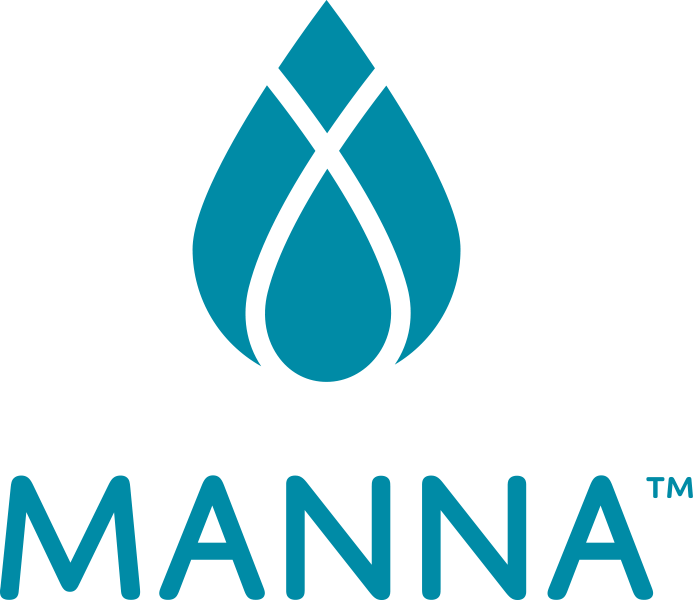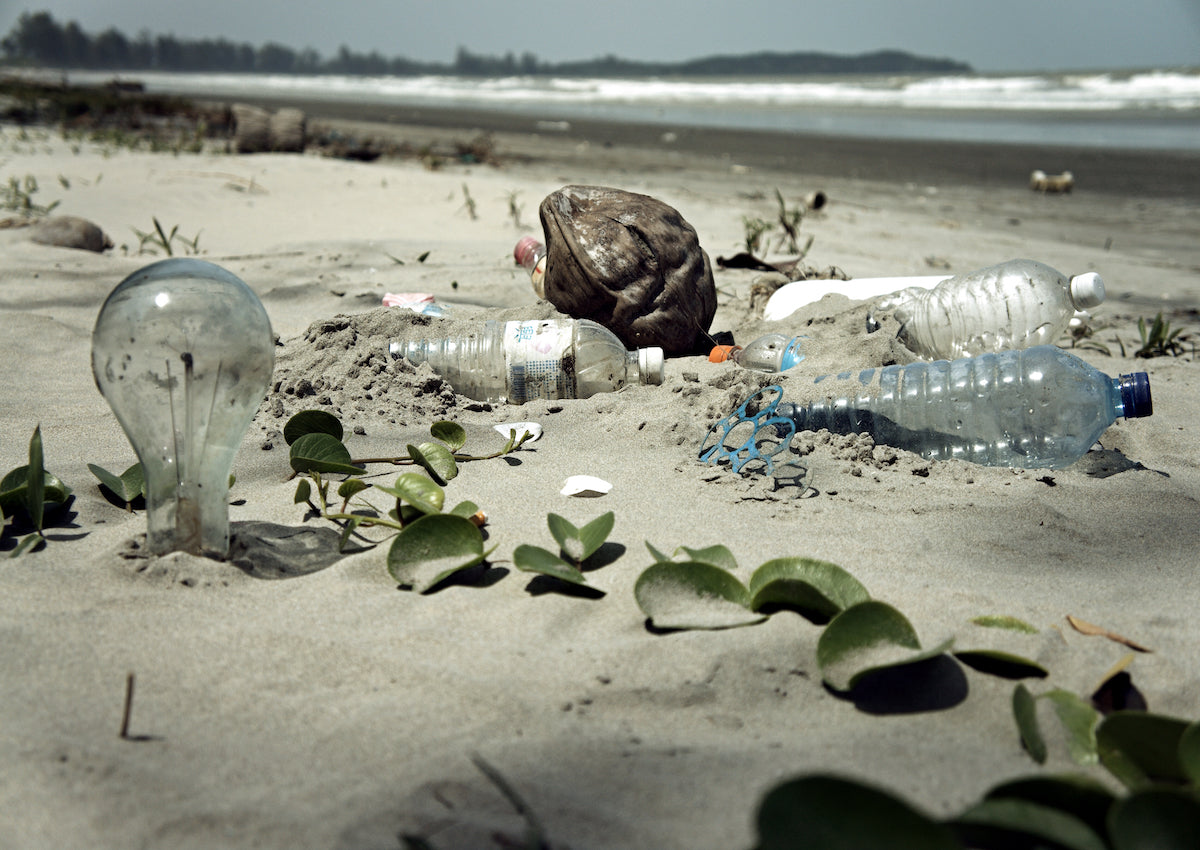
How to Keep Your Reusable Water Bottle Clean and Healthy
Convenience is just one reason to own a reusable water bottle. Other justifications are a bit more noble.
Plastic bottles can take hundreds of years to degrade in your friendly neighborhood landfill. Each time you reach for your reusable water bottle, you do your small part to help save the environment for future generations.
There’s also your health to consider. Plastic bottles are believed to be a source of bisphenol-A, or BPA for short. BPA has been linked to fertility problems so, in this case, you’re saving future generations for the environment.
Filling your reusable water bottle with your own water means not supporting huge corporations who are allegedly sucking the water tables dry.
All Good…Right?
You’ve taken all the bottled water and sports drinks out of your grocery cart, put them back on the shelves and, instead, purchased a reusable water bottle made from borosilicate glass, 18/8 stainless steel or BPA-free plastic.
I Just Want to Say One Thing to You…
Over time, a plastic reusable water bottle can develop an odor or unpleasant taste. To prevent this from happening, always rinse your bottle after use and let it air dry completely. Try not to leave it sealed for long periods of time.
Take the lid off. Let it breathe.
But what if these preventative measures don’t work? Or worse, what if you’ve left your filled reusable water bottle in the car for weeks and mold has formed?
What if Fido looks at your reusable water bottle and says, “I’m not drinking out of that thing?”
Clean Up Is a Snap
The first step is to wash your reusable water bottle with soap and water. Use a bottlebrush to reach all the nooks and crannies. Then let it air dry.
Clean your reusable water bottle even more thoroughly with one of the following methods:
Fill your reusable water bottle with a solution of 1 or 2 tablespoons of white vinegar and water. Let stand overnight. Remember to thoroughly rinse out the vinegar. (The vinegar smell should just dissipate quickly, but you can help it along.)
If you don’t like the smell of vinegar, you can use baking soda and water instead. Some people combine baking soda and vinegar, but if you type “How to Make a Baking Soda and Vinegar Rocket” into a search engine, you may just stick with one or the other.
Denture cleaning tablets also work. Plop one into a bottle filled with water and let stand.
Some people use antibacterial mouthwash. Just don’t rinse and spit after use.
A small amount of hydrogen peroxide will remove mold if you let it sit overnight. Just make sure you leave the top off and rinse thoroughly.
Tea Tree Oil is a more obscure but effective cleaning solution. Plus, it gives you the chance to combine aromatherapy with your mold removal.
Stainless Steel
Oxidation is the stainless steel bottle’s nemesis.
On a regular basis, fill your stainless steel reusable water bottle with hot, soapy water and shake vigorously. (Just think of the calories you’ll burn.)
Cleaning tablets, such as Sigg, can be used if your hot, soapy water method doesn’t do the trick. Or try the trusty denture cleaners.
Just don’t use an abrasive scrubber on your stainless steel reusable water bottle. You don’t want to scratch the exterior. Harsh chemicals should also be avoided as well. Stick with baking soda if you don’t want to purchase cleaning tablets.
Glass
A dishwasher is a glass reusable water bottle’s best friend. If you would rather wash by hand, only use a tiny amount of dishwashing liquid or you’ll be rinsing bubbles out for a week.
For deep cleaning, you can use a small amount of bleach, but clean it with soap and water after because the last thing you want to do is drink any amount of bleach. Also, keep the bleach away from your favorite jeans.




2 comments
Can I wash my stainless steel water bottle in the dish washer?
Gayle McCormick
Sooo, does that mean no dishwasher use?
Anna C Coe
Leave a comment
This site is protected by hCaptcha and the hCaptcha Privacy Policy and Terms of Service apply.